Network Discovery has been one of the essential features of Windows. Network Discovery allows you to share files from one computer to another Windows computer over a local network.
This saves you from the hassle of transferring the data to a secondary storage device and then again repeating the process on the target system. Moreover, this peer-to-peer connection mode not only allows for a faster and more convenient way of transferring data. It also makes sure the information is only transferred to the intended person only. Along with that, you can also provide controlled access to sensitive information as well.
Though Windows 11 is leaps ahead in terms of design and all the under-the-hood developments, thankfully, the process of turning on Network Discovery still remains largely the same.
Turn On Network Discovery from the Settings App
Network Discovery is turned on by default when you are connected with private networks, however, since not every public network is safe, it is turned off by default. Moreover, you could also have configured your PC in a way that Network Discovery is turned off by default even for private networks.
To do so, first, head to the Start Menu and click on the ‘Settings’ tile present under the ‘Pinned apps’ section to continue. Otherwise, type ‘Settings’ in the menu to perform a search for it.
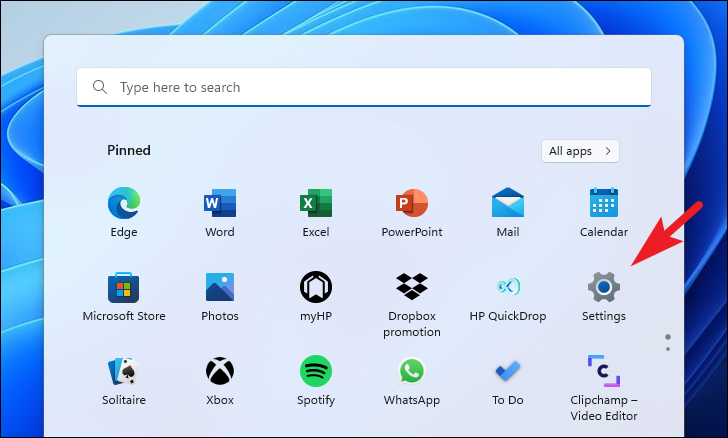
After that, from the left sidebar present on the Settings window, click on the ‘Network & internet’ tab to proceed.
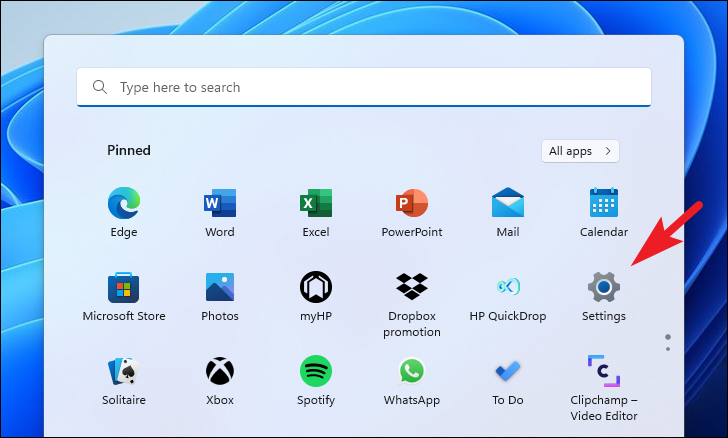
If you are here to turn on Network Discovery when connected with WiFi, from the right section of the Settings window, click on the ‘Wi-Fi’ tile to continue.
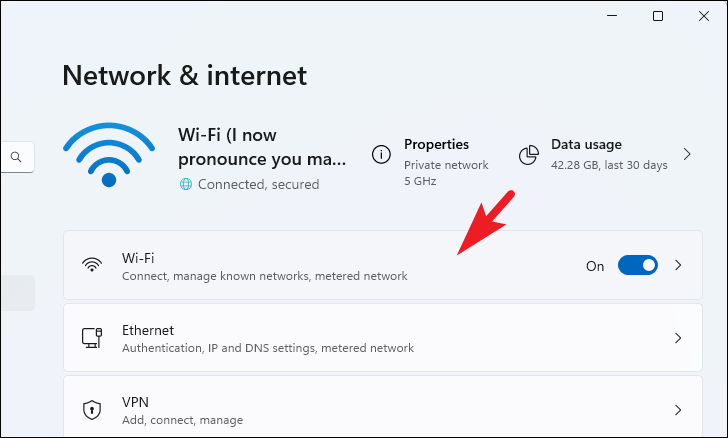
After that, click on the connected network tile present right under the ‘Wi-Fi’ tile to continue.

Now, on the next screen, locate the ‘Network profile type’ and click on the radio button preceding the ‘Private Network’ if not already selected to turn on the Network Discovery.

The Network Discovery should now be turned on, in case you are not able to find other devices present on the network. Click on the ‘Network & internet’ tab present on the left sidebar of the Settings window to proceed.
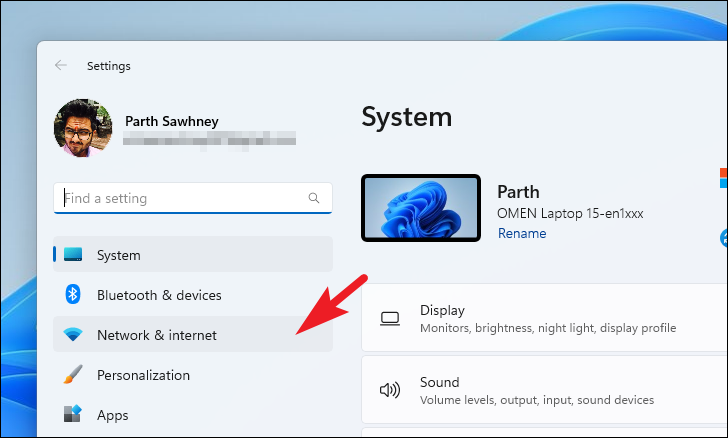
After that, from the right section of the window, locate and click on the ‘Advanced network settings’ tile to proceed.
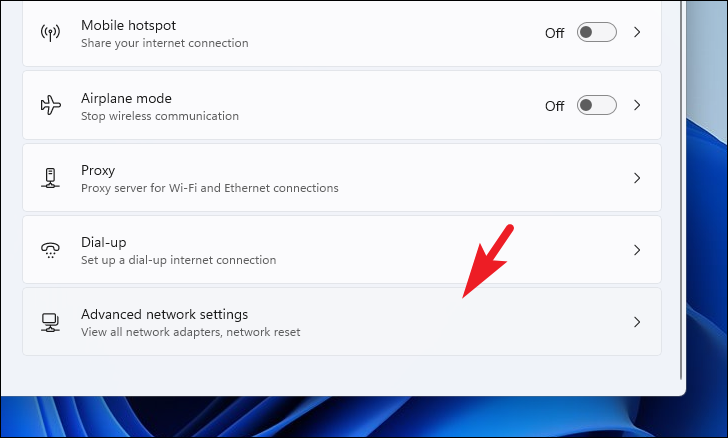
Next, on the ‘Advanced network settings’ screen, locate the ‘Advanced sharing settings’ tile present under the ‘More settings’ section to proceed.
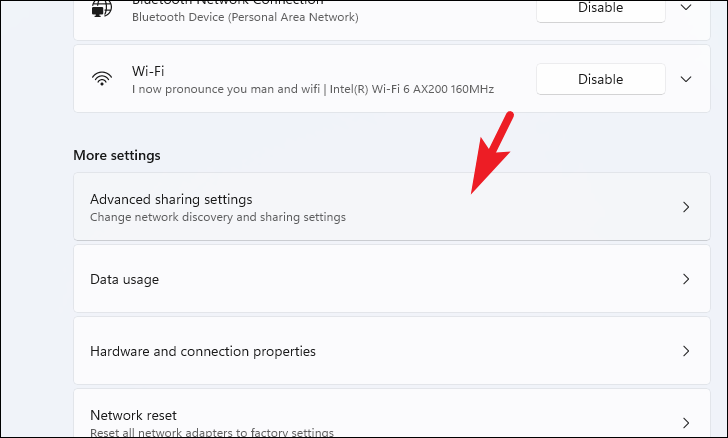
After that, on the next screen, locate the ‘Network Discovery’ tile and click on the toggle switch to bring it to the ‘On’ position if not already turned on.
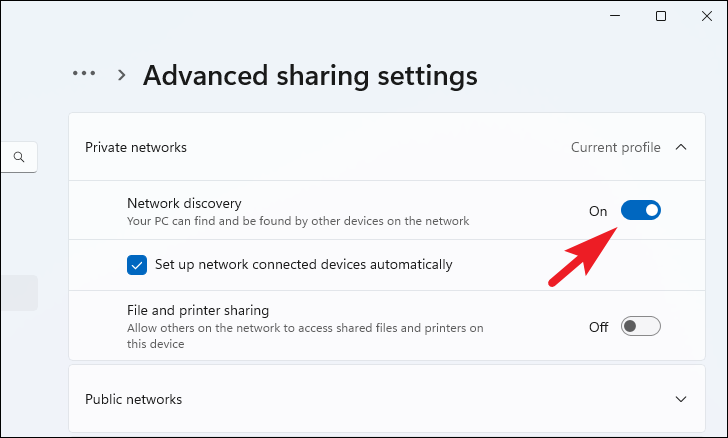
Them, locate the ‘File and printer sharing’ tile present just right beneath it and click on the toggle switch present at the far right edge of the tile to bring it to the ‘On’ position if not already turned on.
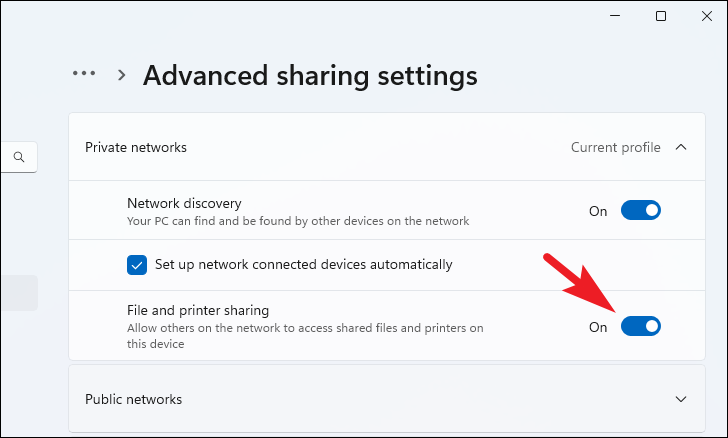
In case you are here to turn on Network Discover for Ethernet connections, from the Settings window, click on the ‘Network & internet’ tab present on the left sidebar to continue.

Next, from the right section of the window, locate and click on the ‘Ethernet’ tile to proceed.
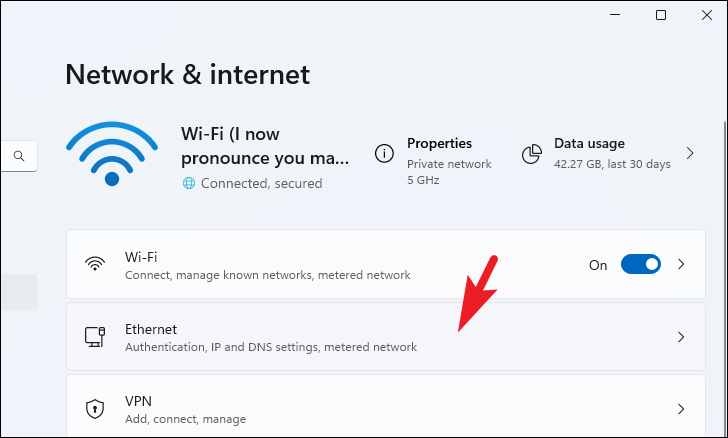
Then, on the ‘Ethernet’ settings screen, click on the radio button preceding the ‘Private network’ to turn on Network Discovery for that particular local connection.

Make sure you have turned on ‘Network Discover’ and ‘File and Printer sharing’ from the advanced sharing settings for private networks as showcased above in the ‘Wi-Fi’ section in order to make your PC discoverable on the network along with being able to send and receive files.
Turning on Network Discovery for Public Networks
Now there could be scenarios where you are connected to public Wi-Fi connections or Ethernet connections but you do require the Network Discovery in order to share the files without changing the category of the network. Thankfully, you can also turn on Network Discovery on public connections as well.
To turn on Network Discovery on Public Networks, from the Settings window, click on the ‘Network & internet’ tab present on the left sidebar to proceed.
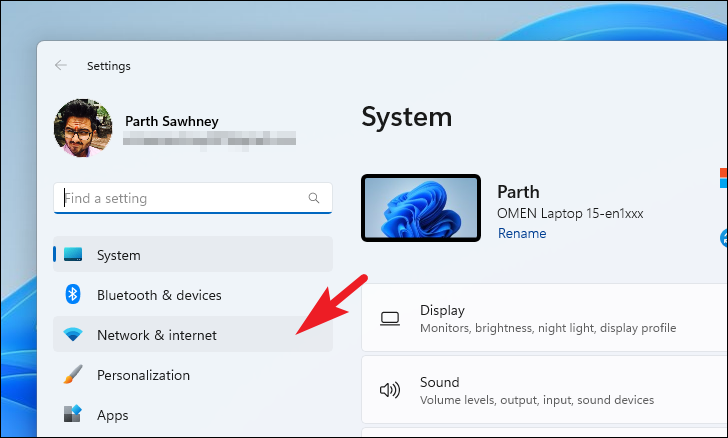
After that, from the right section of the network, locate and click on the ‘Advanced network settings’ tile to continue.
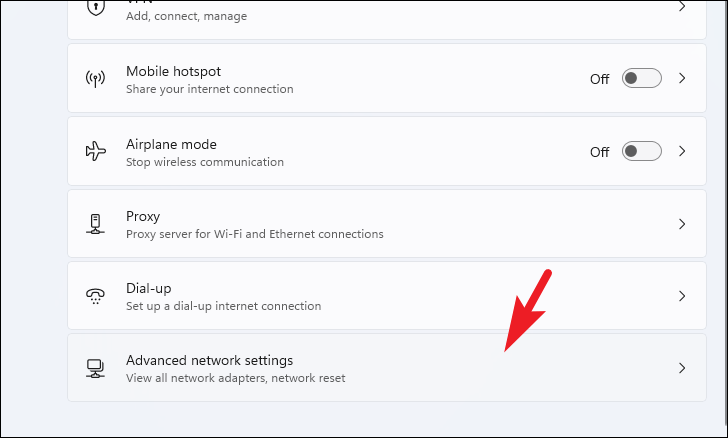
Then, on the next screen, scroll down to locate the ‘Advanced sharing settings’ tile present under the ‘More settings’ section to proceed.

Now, on the ‘Advanced sharing settings’ screen, locate and click on the ‘Public Networks’ tile to expand the section. Once expanded, first, locate the ‘Network sharing’ tile and click on the toggle switch present on the far right edge of the tile to bring it to the ‘On’ position. Then, head to the ‘File and printer sharing’ tile present right beneath it and click on the toggle switch present on the tile to bring it to the ‘On’ position.
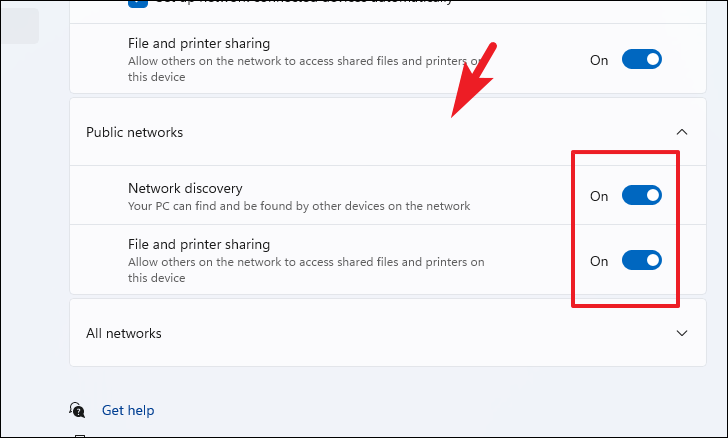
And that’s it you have turned on Network Discovery for public networks.
How To Share a Folder on a Local Network
If you have Network Discovery turned on your Windows PC, you can easily share a folder or file to the other Windows devices present over the network. Moreover, you can easily choose with whom you wish to share the particular folder along with the customized access rights to the contents if you do not wish the users to alter the shared documents.
To share a folder with devices present on your local network, first, head to the folder that you wish to share using File Explorer.
Once you have located the folder/ files that you wish to share, right-click on its icon to reveal the context menu. Then, click on the ‘Properties’ option from the context menu to proceed. Alternatively, you can also press the Alt+Enter keys together on your keyboard to open the properties.
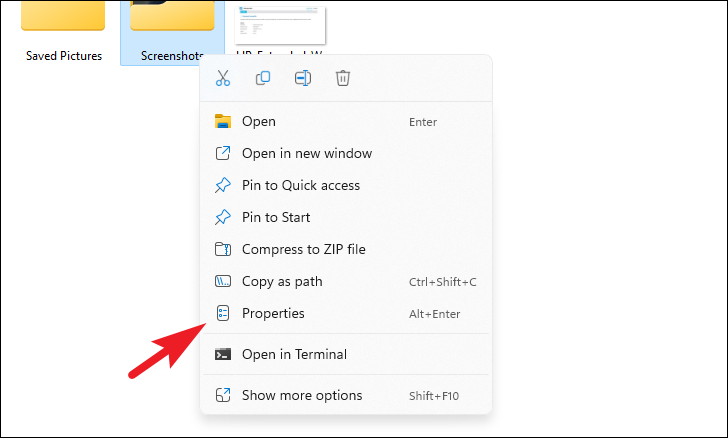
After that, on the ‘Properties’ window, click on the ‘Sharing’ tab. Then, from the ‘Sharing’ tab, locate and click on the ‘Share’ button. This will open a separate window on your screen.
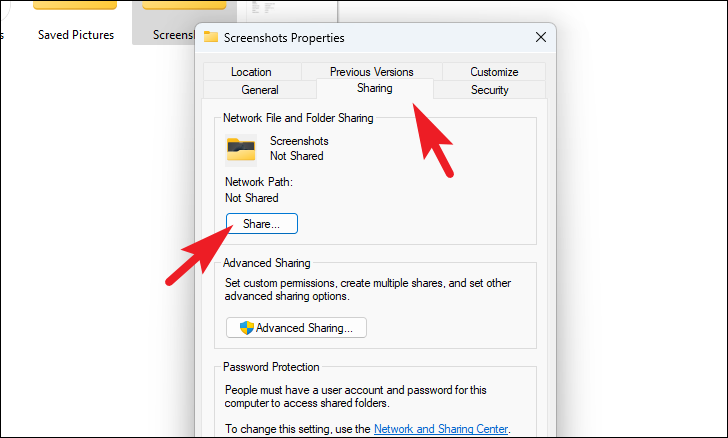
Now, from the separately opened window, click on the dropdown menu present under the ‘Choose people to share with’ section. Then, click to select the ‘Everyone’ option from the list. Next, click on the ‘Share’ button present in the bottom right corner of the window to proceed.
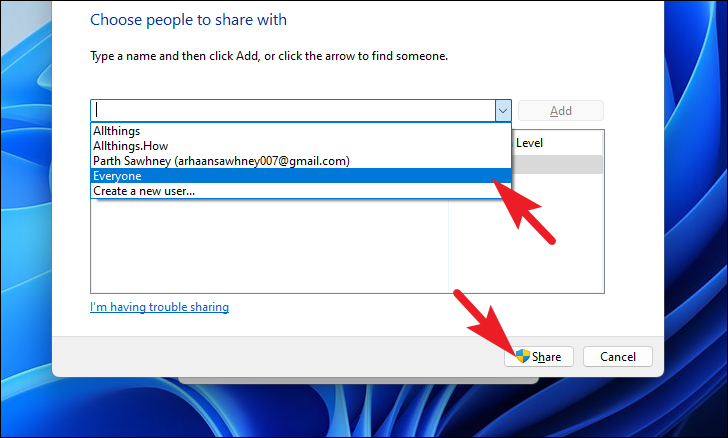
Once shared, other users will be able to locate the folder on their File Explorer (This PC) screen when connected to the same local network. Now, click on the ‘Done’ button on the next screen to close the window.












Member discussion